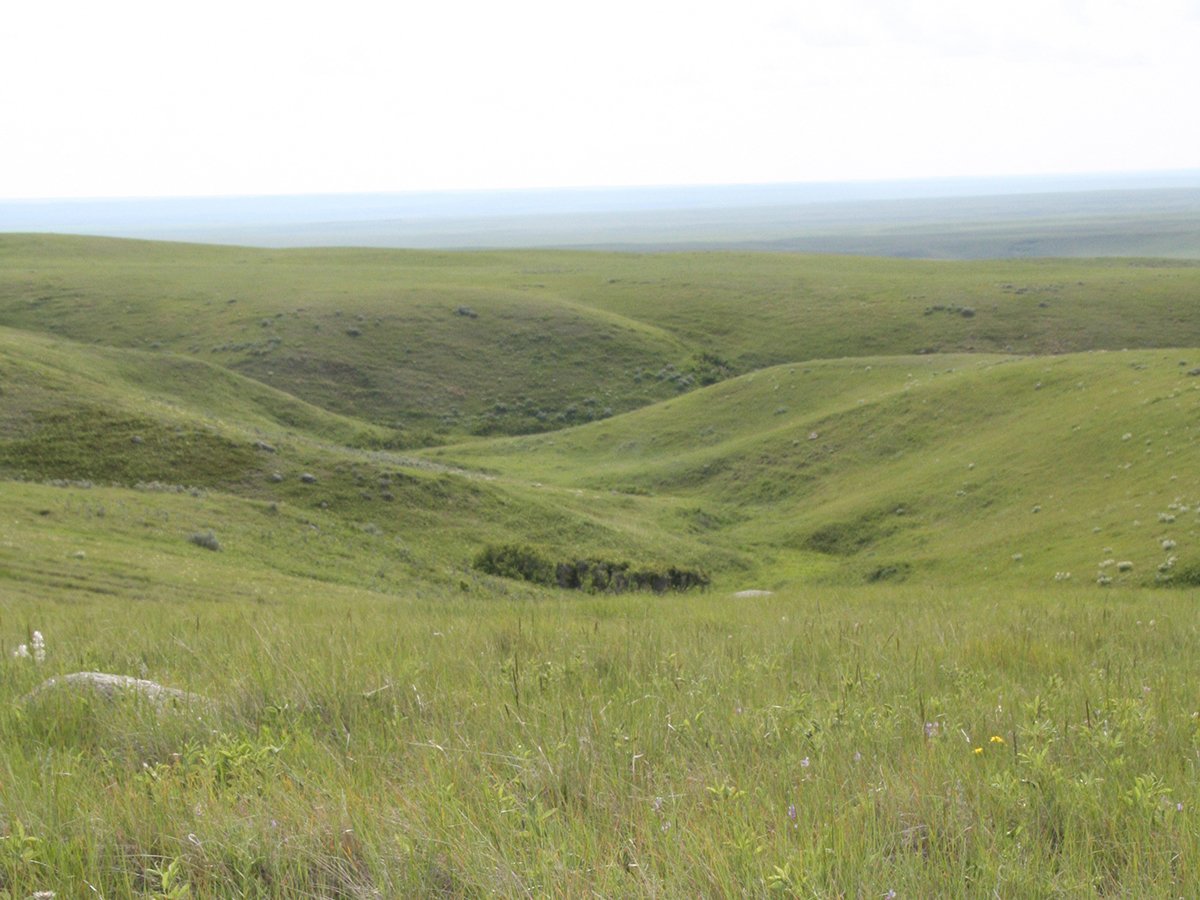An expanded cattle identification and animal trace-back scheme is coming for Canadian beef producers.
People resisted the national cattle identification program when it was first proposed, but the detection of one cow with bovine spongiform encephalopathy has changed the way ownership and movement of animals will be recorded in the future.
“I haven’t found anybody who doesn’t support it now,” said Julie Stitt, head of the Canadian Cattle Identification Agency.
A national committee has been established to evaluate beef industry improvements including a subcommittee looking at cattle identification.
Read Also

Alberta irrigation project on grasslands approved
Environmental concerns raised by Alberta conservation groups over irrigation expansion project within rural municipality
“There’s a co-ordinated effort to move the industry toward radio frequency tags,” she said.
The committee should be able to lobby for additional government money to implement electronic ear tags that are more reliable than the plastic ones in use.
Since the BSE crisis started, the agency has received calls from numerous beef exporting nations including the United States, Uruguay and Mexico interested in the Canadian system.
Stitt sits on the U.S. industry standards committee hoping to introduce a workable identification system there.
Packer and auction market owner Brian Nilsson said the industry must adopt electronic tags that can be scanned to learn all vital information on an animal’s movement.
“The industry can’t dig in and rebel,” said Nilsson, co-chief executive officer of XL Foods and co-owner of Canada’s largest chain of livestock auction markets.
He joined other industry officials at a producer meeting at Clyde, Alta., to discuss the implications of BSE and potential regulatory changes.
Animals leaving their herd of origin have appeared at auction yards without Canadian Cattle Identification Agency tags and they have been allowed to be sold. That is going to stop, said cow-calf producer Murray Kerik.
“No tag, no sale,” he said.
All data should be recorded every time an individual animal sells.
The Canadian Food Inspection Agency wants enhanced identification and on-farm record keeping to isolate animals even sooner if another crisis occurs.
When the BSE case was discovered, CFIA officials started their investigation at a farm in northern Alberta on May 16.
Officials were searching for the herd of origin for the infected cow through ear tags, brands and livestock manifests.
They discovered sketchy farm records that ultimately left them with 11 cows whose lifetime history was questionable.
“We took a whole bunch of innocent herds because we couldn’t scale it down further,” said CFIA veterinarian George Luterbach.
Ultimately 2,700 animals were destroyed.
“Our goal was to throw the net wide enough and then draw that net down so we could exclude them from that part of the investigation. You are in until we can prove you out,” said Luterbach.
In addition to improved identification, on-farm food safety programs will be promoted more heavily to convince producers to sign on to the record-keeping program.
So far, one Alberta feedlot has been certified and 40 others are going through the program. Kerik, who is involved in the food safety plan, expects more acceptance of the program since the BSE discovery.

















